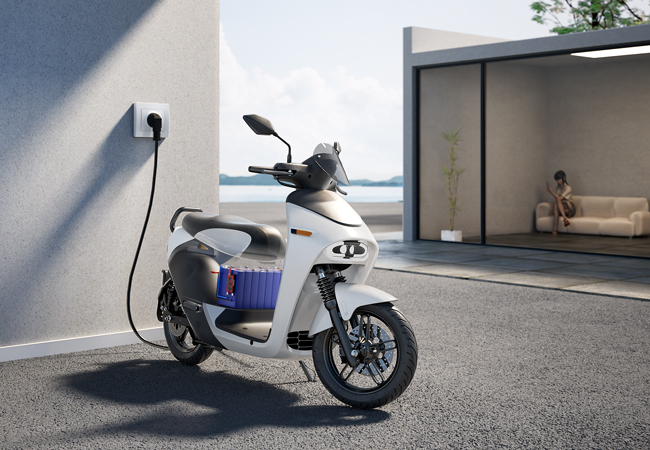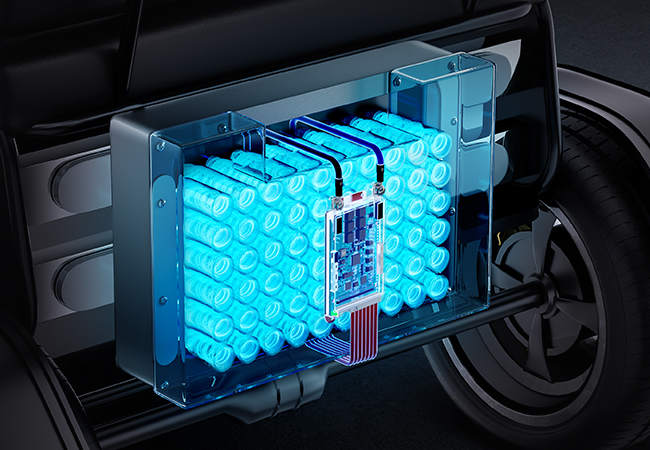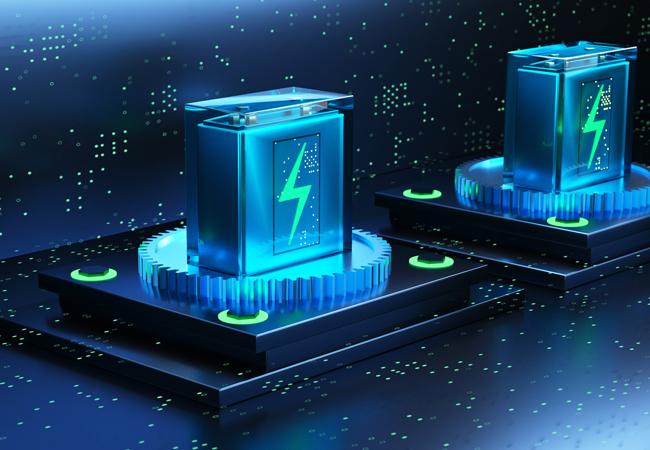Lithium batteries are widely used in devices like smartphones, electric vehicles, and solar energy systems. However, charging them incorrectly can lead to safety hazards or permanent damage.
Why using a higher-voltage charger is risky and how a Battery Management System (BMS) protects lithium batteries?
The Danger of Overcharging
Lithium batteries have strict voltage limits. For example:
.A LiFePO4 (Lithium Iron Phosphate) cell has a nominal voltage of 3.2V and should never exceed 3.65V when fully charged
.A Li-ion (Lithium Cobalt) cell, common in phones, operates at 3.7V and must stay below 4.2V
Using a charger with a higher voltage than the battery’s limit forces excess energy into the cells. This can cause overheating, swelling, or even thermal runaway—a dangerous chain reaction where the battery catches fire or explodes


How a BMS Saves the Day
A Battery Management System (BMS) acts like a "guardian" for lithium batteries. Here’s how it works:
1.Voltage Control
The BMS monitors each cell’s voltage. If a higher-voltage charger is connected, the BMS detects overvoltage and cuts off the charging circuit to prevent damage
2.Temperature Regulation
Fast charging or overcharging generates heat. The BMS tracks temperature and reduces charging speed or stops charging if the battery gets too hot113.
3.Cell Balancing
In multi-cell batteries (like 12V or 24V packs), some cells charge faster than others. The BMS redistributes energy to ensure all cells reach the same voltage, preventing overcharging in stronger cells
4.Safety Shutdown
If the BMS detects critical issues like extreme overheating or voltage spikes, it disconnects the battery entirely using components like MOSFETs (electronic switches) or contactors (mechanical relays)
The Right Way to Charge Lithium Batteries
Always use a charger matching your battery’s voltage and chemistry.
For example:
A 12V LiFePO4 battery (4 cells in series) needs a charger with a 14.6V maximum output (4 × 3.65V)
A 7.4V Li-ion pack (2 cells) requires an 8.4V charger
Even if a BMS is present, using an incompatible charger stresses the system. While the BMS can intervene, repeated overvoltage exposure may weaken its components over time

Conclusion
Lithium batteries are powerful but delicate. A high-quality BMS is essential to ensure safety, efficiency, and longevity. While it can temporarily protect against a higher-voltage charger, relying on this is risky. Always use the correct charger—your battery (and safety) will thank you!
Remember: A BMS is like a seatbelt. It’s there to save you in emergencies, but you shouldn’t test its limits!
Post time: Feb-07-2025




